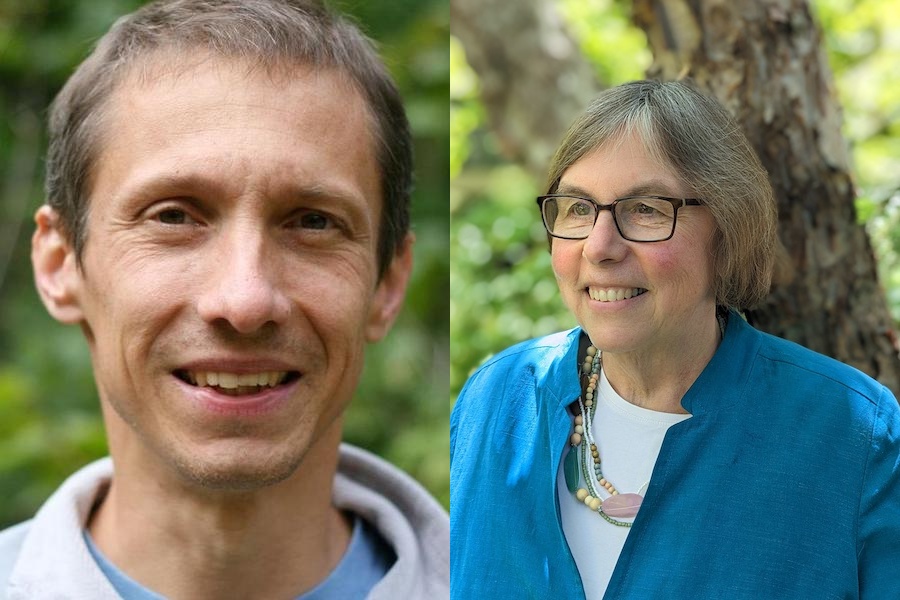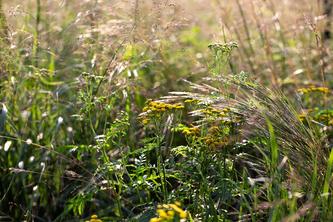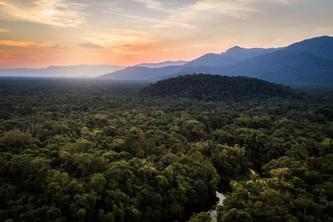
On May 25, the Supreme Court issued a ruling in Sackett v. EPA that reduced the scope of the Clean Water Act and limited federal protections to wetlands directly adjacent to other bodies of water. Justice Alito wrote that “wetlands that are separate from traditional navigable waters cannot be considered part of those waters, even if they are located nearby." While Minnesota has its own laws protecting wetlands, the ruling has implications for water quality, wildlife and flooding across the country.
University of Minnesota Professors Jacques Finlay and Susan Galatowitsch are available to comment on what the decision means for Minnesota and beyond.
Jacques Finlay, Ph.D.
“There is no defensible scientific rationale to support Justice Alito’s position. An interpretation of the law that separates protection on the basis of “continuous surface connection” has no ecological basis. Water is in constant motion, and much of the volume of a body of “navigable water” comes from places that are separate and even distant from it. The science is clear – water quality protection must occur throughout watersheds to be effective. There is overwhelming consensus that wetlands contribute to clean water even if they are located far from a large water body.”
“Wetlands are very effective at removing many pollutants from water – either degrading them or immobilizing them for long periods within sediments. They are critical to reducing non-point pollution, such as agricultural runoff and urban stormwater, which is difficult and expensive to treat in other ways. Any interference such as filling, ditching, draining or outright destruction of wetlands will adversely affect these functions, leading to reduced ground and surface water quality.”
“In Minnesota, there are many opportunities to speak up and get involved to protect wetlands, as occurred recently when farmers near Marshall, Minnesota noticed that a wetland had been damaged. Following this Supreme Court ruling, citizen involvement and advocacy is more important than ever.”
Susan Galatowitsch, Ph.D.
“Using the particular circumstances of a single residential home site in Idaho, the Supreme Court decided to make sweeping changes to the scope of “water” protected under the Clean Water Act. To the majority, only water that they can see as clearly continuous within a river, lake or ocean now qualifies. They dismissed established knowledge about how water moves through watersheds and the importance of wetlands that, to a casual observer, may appear isolated or not wet. Consequently, this ruling sets the stage for staggering wetland losses across the US that will create new flooding risks, impair water quality and diminish aquatic life.”
“However, compared to most other states, the Supreme Court’s decision’s immediate effect in Minnesota will be limited. Enacted in 1991, the Minnesota Wetlands Conservation Act broadly protects wetlands independently from the federal government. Minnesota established its wetland regulatory system to ensure “no-net-loss” of the state’s remaining wetlands because of the important functions they provide. It’s a model system, with clear guidance on what is regulated and a mitigation bank that facilitates the process of wetland replacement when landowners need that option.”
“Over the long term, though, I fear that Minnesota’s wetlands will be adversely affected by this ruling. Unless states lacking their own wetland protections fill the major gap created by this ruling, I expect that significant losses of critical wetland habitat elsewhere will cause declines in migratory waterbird populations here and our watersheds and waterways shared with adjacent states will see aggravated water quality and flooding problems.”
Jacques Finlay is a professor in the Department of Ecology, Evolution and Behavior, a Fellow at the Institute on the Environment, and faculty at the Saint Anthony Falls Laboratory. Finlay’s work emphasizes integration of diverse datasets, models and interdisciplinary teams toward progress in understanding human driven change in ecosystems. A central focus of his work is identification of environmental thresholds in ecosystems, and understanding of consequences of land use, climate and management changes on ecosystem processes and water quality.
Susan Galatowitsch is a Professor in the Department of Fisheries, Wildlife and Conservation Biology at the University of Minnesota. Her research focuses on restoration of degraded wetlands and grasslands, climate change adaptation and management of invasive species in these systems. In addition to numerous research publications, she has authored three books, Minnesota’s Natural Heritage (with J. Tester, J. Moriarity, R. Montgomery, Minnesota Press), Ecological Restoration (Sinauer Associates) and Restoring Prairie Wetlands: An Ecological Approach (with Arnold van der Valk).
About the College of Biological Sciences
The College of Biological Sciences at the University of Minnesota is one of two colleges in the United States dedicated to the biological sciences with undergraduate majors and graduate programs that cover the spectrum of life from molecules to ecosystems. Learn more at cbs.umn.edu.
About the College of Food, Agricultural and Natural Resource Sciences
The University of Minnesota’s College of Food, Agricultural and Natural Resource Sciences (CFANS) strives to inspire minds, nourish people, and sustainably enhance the natural environment. CFANS offers an unparalleled expanse of experiential learning opportunities for students and the community with 12 academic departments, 10 research and outreach centers, the Minnesota Landscape Arboretum, the Bell Museum of Natural History, and dozens of interdisciplinary centers. Learn more at cfans.umn.edu.
About “Expert Alert”
University of Minnesota experts can provide commentary, insights and opinions on various news topics. Find selected experts on the University’s Experts Guide or send requests to [email protected].
- Categories:
- Agriculture and Environment
- Environmental health
- Soil
- Water





